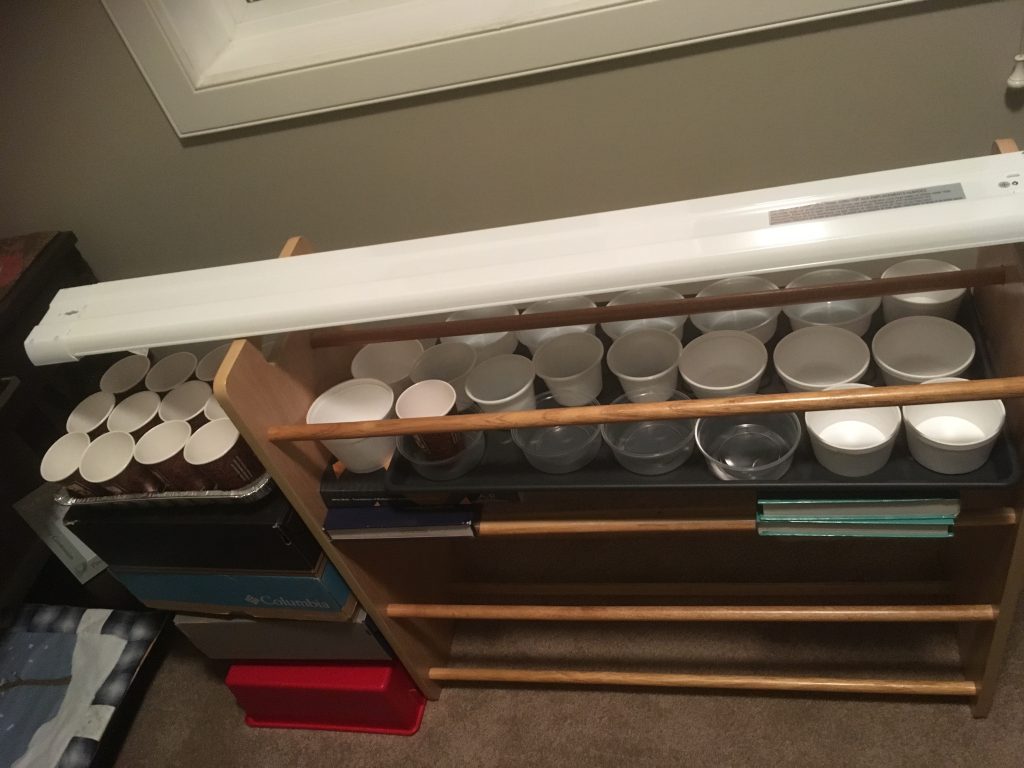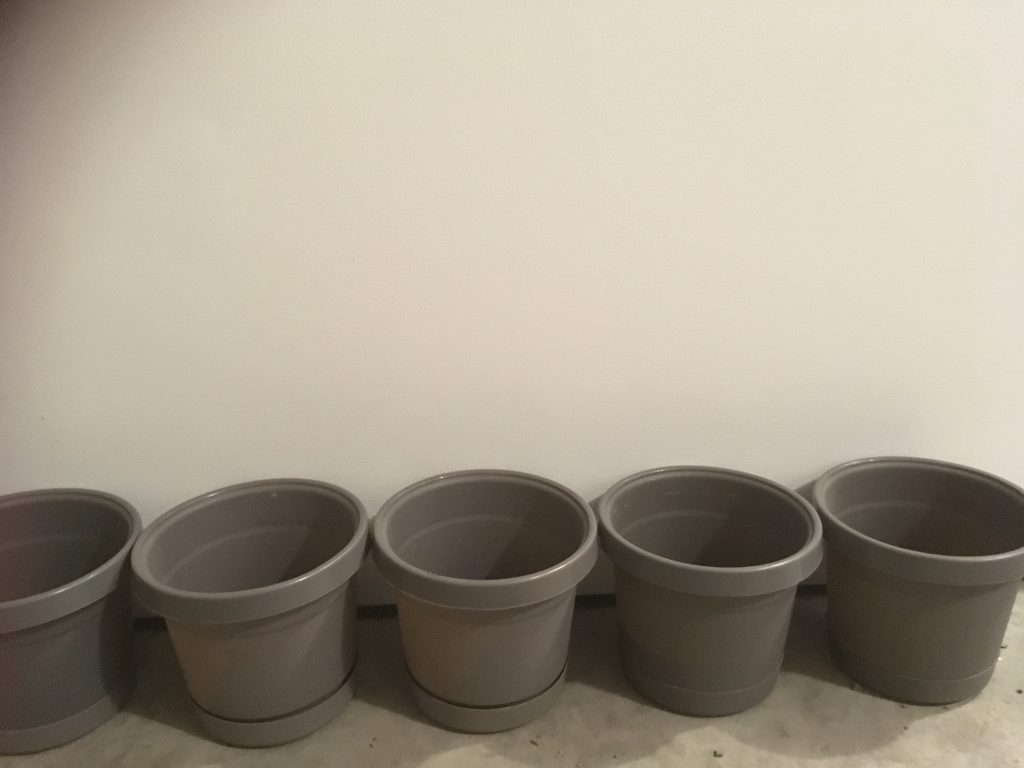So I’m currently in Bio 20 AP, and as an AP student, there are going to be clear differences than the regular curriculum. However, I was not expecting this:
To individually or in pairs, select a topic, and complete this massive (to me) plant project. More specifically, we grow plants, conduct an experiment, create a final report, lab notebook, and an oral presentation.
Now this sounds relatively simple, which is actually correct if a clear understanding of the topic is formed. But my sound reasoning lead me to choose to analyze plant competition as my topic. Amongst many other topics, such as hydroponics (growing plants in water) vs soil, comparing intensity of light, and various fertilizers, I innocently chose plant competition.
Generally, plant competition doesn’t really sound like an outlier in these topics, but I was severely mistaken to the demands of this project.
I chose sweet basil as my control in this experiment, as it germinates relatively fast and is also quite easy to grow. And for my manipulated variable, which were the type of plants growing next to basil, I had selected lettuce, tomatoes, cabbage, and red cabbage. Why? Apparently basil grow well with tomatoes, moderately with lettuce, and since cabbage contains allelopathic properties, which are basically attacks towards other plants growing near it, it should harm the basil’s growth. So I was also testing if red cabbage shared the same allelopathic properties as its cabbage brethren. Basically, after the seedlings grow their full true leaves, I will transplant them into pots respectively with each of the basil plants, and record the results. The responding variables will be my plant height, stem diameter, amount of leaves, and finally root length.





None of these are actually like the plants I am growing. Since I’m a master procrastinator, I haven’t started growing these! Anyways, so it seems that this won’t be too much of a struggle after all, considering I’ve done research on the watering requirements of each plant and using a bottom-watering method and spray bottle to grow the seedlings properly, and have a set of LED lights which will work as grow lights for me.
Except… In order to conduct this experiment, I need at least 3 basil plants growing with 3 of the other plants mentioned above as I need to gather an average. As well as, I would need to ensure all of my seedlings are able to germinate and grow 15 basil plants, and 3 of each plant growing as listed above. So to ensure their growth, I would be planting four seeds in each cup, and have enough space for 33 cups. Meaning I would need 68 basil seeds, 16 lettuce, tomato, cabbage, and red cabbage seeds. Anyways, here’s a picture of my jank setup if you would like.

cup which have more drainage holes
When I acquire better cups, they will fit inside the smaller containers or the aluminium tray, so when I use the bottom-water method — literally just watering from the bottom so I do not splash the surface and moisten the soil depending on the needs of each plant — I can drain the excess water.
The improved cups look similar to this:

The pots I will eventually transfer three of my basil plants with three of the tomato, lettuce, cabbage, and red cabbage plants look like this:

plants above
And then there’s that final report and log notebook I have to work on…
Thanks for reading this far anyways, hopefully all goes well and the seeds don’t start growing fungus and obliterate all my hopes.
I won’t end with some really bad potato joke since you’ve already read my writing.
